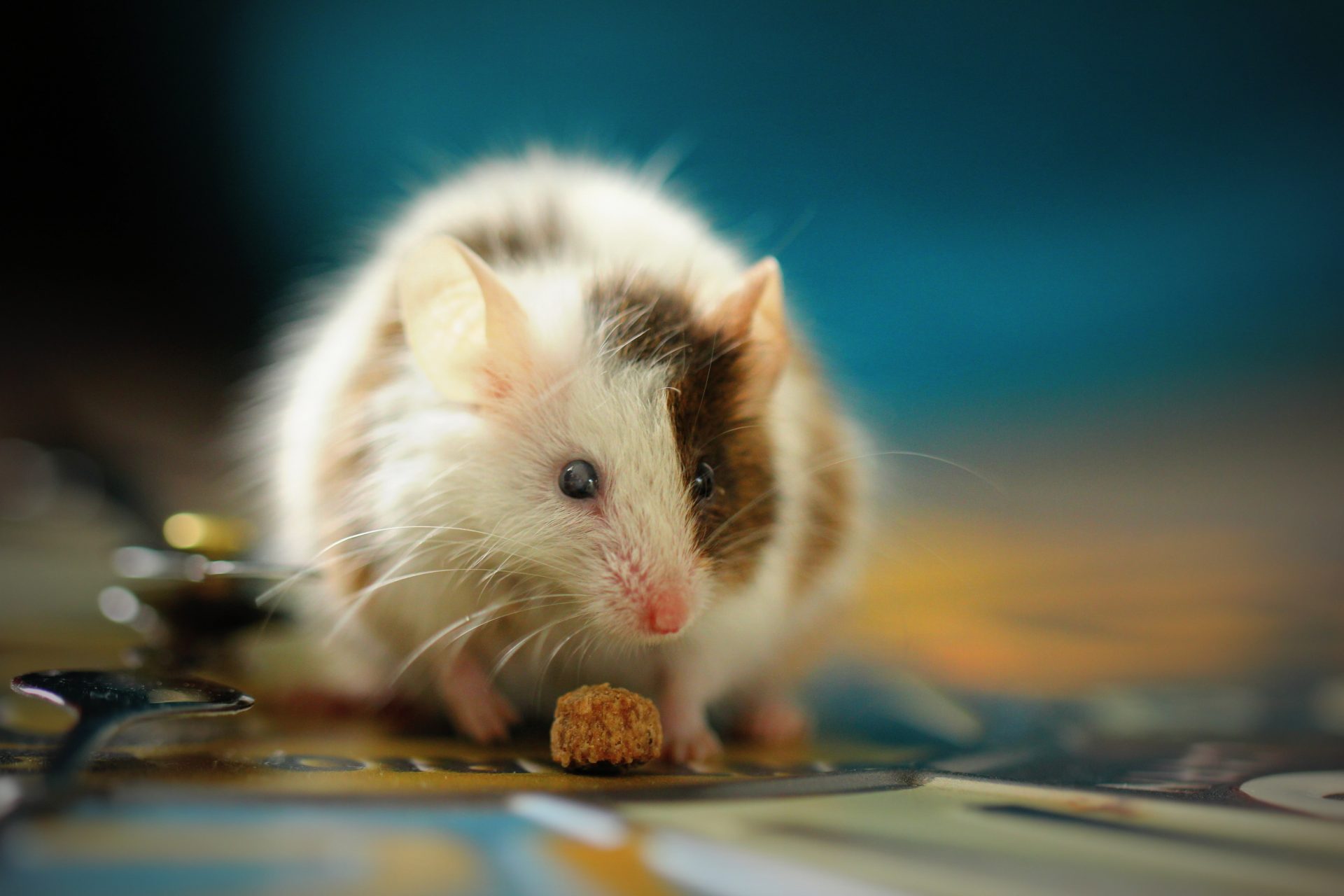
- This event has passed.
Oren Forkosh (The Hebrew University of Jerusalem), ” Behavior, Personality, Social Structure, and Emotions in Freely Behaving Groups of Mice and Other Animals”
14 June, 2024 @ 2:15 pm - 3:15 pm
Abstract:
In recent years, the study of animal behavior in neuroscience has seen a significant shift towards more naturalistic and less intrusive methods. It is under these conditions that the true spectrum of animal behavior can be exhibited, free from the artificial constraints and stressful conditions often imposed by traditional laboratory settings. In this talk, I will focus on the interplay between behavior, personality, hierarchy, and affective states as measured in our “social boxes”. These systems allow for the continuous and unattended tracking of groups of mice over extended periods and can automatically recognize and catalog over 100 distinct behaviors. A four-day experiment, for example, can potentially replace a myriad of classical tests typically used in neuroscience. Our system can also discern and record a ‘behavioral fingerprint’ for each mouse. These fingerprints reveal consistent traits—personalities—that are not only distinct between individuals but also persist over time. These behavioral fingerprints are also reflected in each animal’s gene expression. In addition, by examining the interplay between behavior and personality across multiple timescales – from seconds to days – we can gain insights into the affective states of these animals. Finally, expanding our research to other species, including bats, cows, flies, as well as humans, allows us to develop a general understanding of behavior and personality. This comparative strategy holds promise for developing a ‘universal translator’ of behavioral and personality patterns, paving the way for new comparative studies. These insights into the personalities and emotions of both humans and animals have the potential to significantly enhance our knowledge of the neurobiological underpinnings of behavior.





